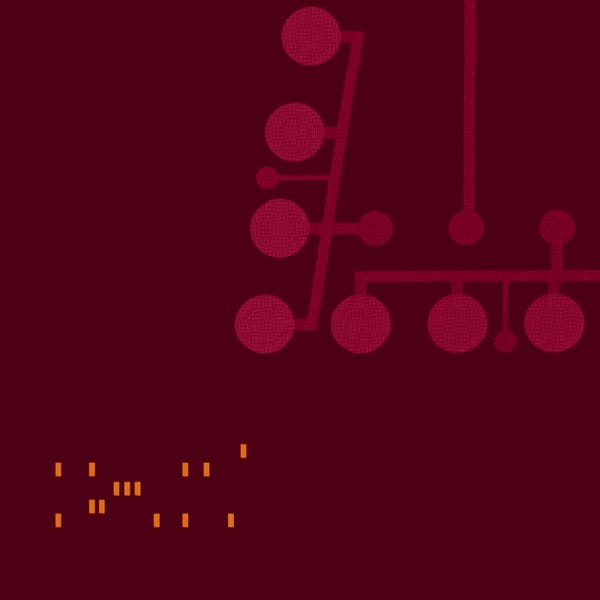Auld Lang Sinewaves
A belated 2021 in review post
This year has been spent in seven different states, nine if you include those I stopped in to sleep while driving between the other seven.
This is a year in review post for work I’ve made, which is a useful correction to my own bad archiving practices in the midst of all that moving. Hopefully, if you’re interested in my work enough to sign up for a mailing list, you’re keen to see some of it again. I’ll go back to the start of 2021 and move forward.
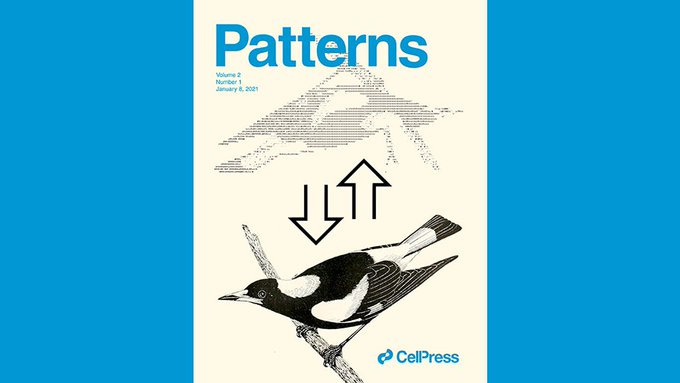
The Bird Is Not the Migration Data: Insights from an Artwork Exploring Machine-Animal Collaboration
Published an essay about the bird-machine collaboration system, The Cybernetic Forest Synthesizer, in the Data Science Journal, Patterns. I also designed the January edition’s cover.
“Musical notation is a dataset. Reading about the composer Olivier Messiaen’s work in the field, collecting and notating details about birdsongs in walks through forests, his process was more akin to a good data scientist than any musician. He listened for sounds to encode into musical notation, and his scores instructed performers to go for similar walks, to understand the ground conditions they would replicate through their instruments. Although Messiaen committed to producing these scores, he of course negotiated compromises between observing, preserving, and performing his paper programs to audiences in concert halls. Musical instruments would recreate those notes, just as an original mainframe could create billing functions from holes punched into notecards. The sounds of the orchestra were close enough to bird beaks and diaphragms to dazzle audiences, who celebrated the accuracy of Messiaen’s models, but the notes were ultimately coming from reeds and brass that could not replicate the structure of a bird’s throat or beak.”
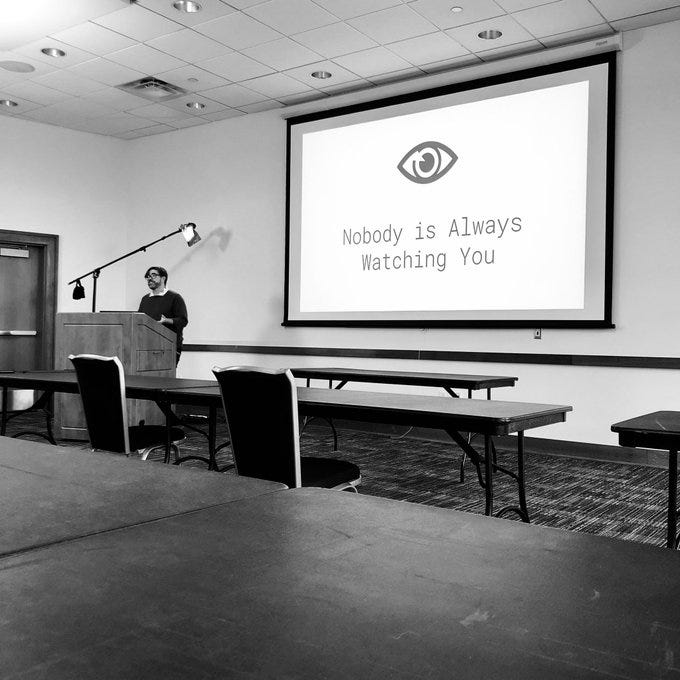
Nobody is Always Watching You: From Big Brother to Big Data
Wrote and recorded this keynote address in an empty room at the University of Memphis for the University of Maine, Farmington’s “New Commons Project,” which focused on George Orwell’s “1984.” The talk used the book, and other cultural representations of surveillance, as a lens into the real dangers of automated surveillance systems.
Cartographies of Collaboration
Taught one class session for Future of Work students at the California College of the Arts, in which students collaborated to draw maps of how collaboration works while drawing that map. Described it a bit in an early edition of this mailing list, which launched in February.
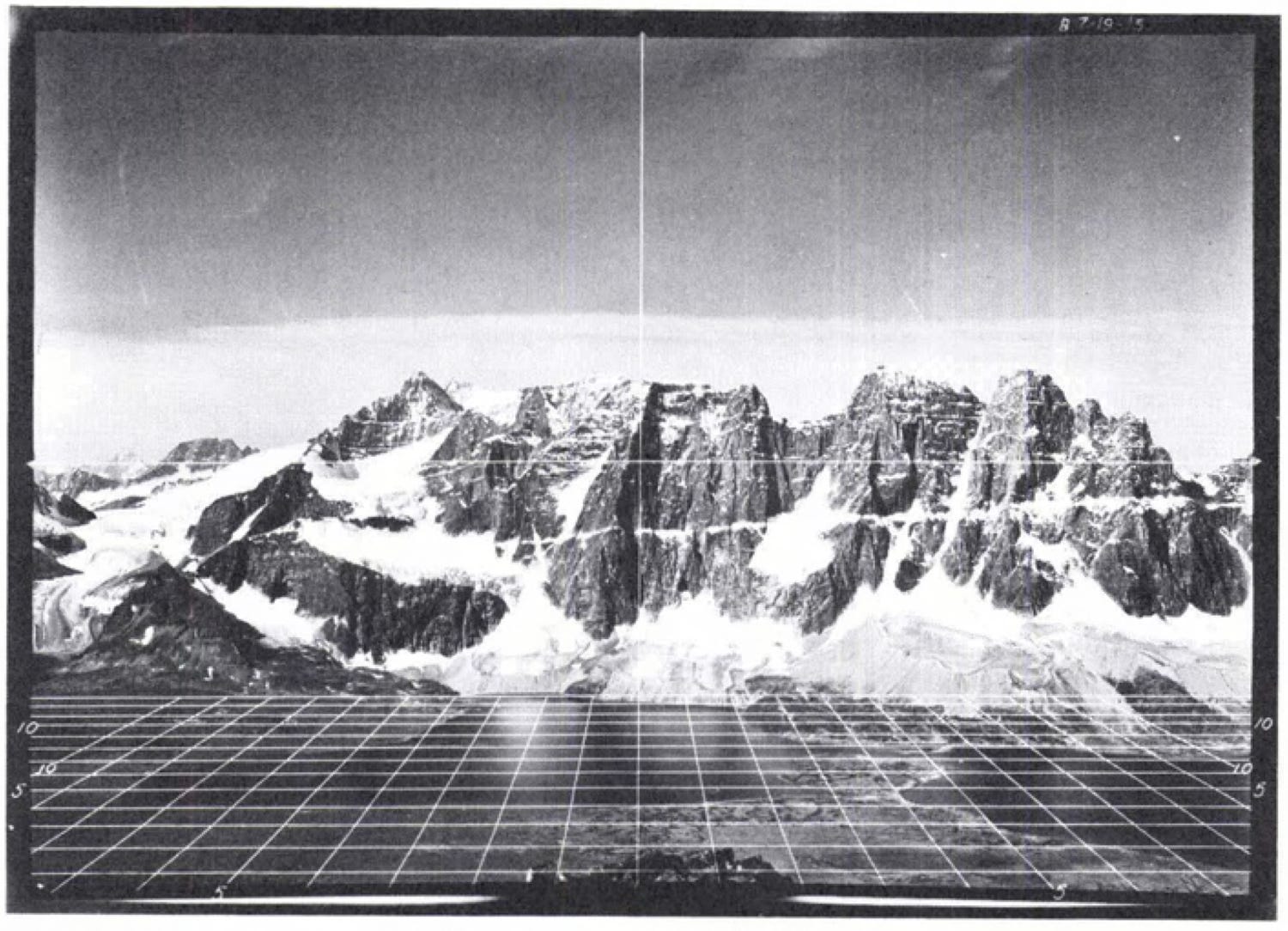
A Total Portrait With No Omissions: Photogrammetry “at the point of a singular horizon”
I wrote a brief history of Photogrammetry, quoting Blondie, as an exhibition text for Ren Gregorcic’s show in Canberra. Found this lovely retro-futuristic, or futuristically retro, image, taken in 1924.
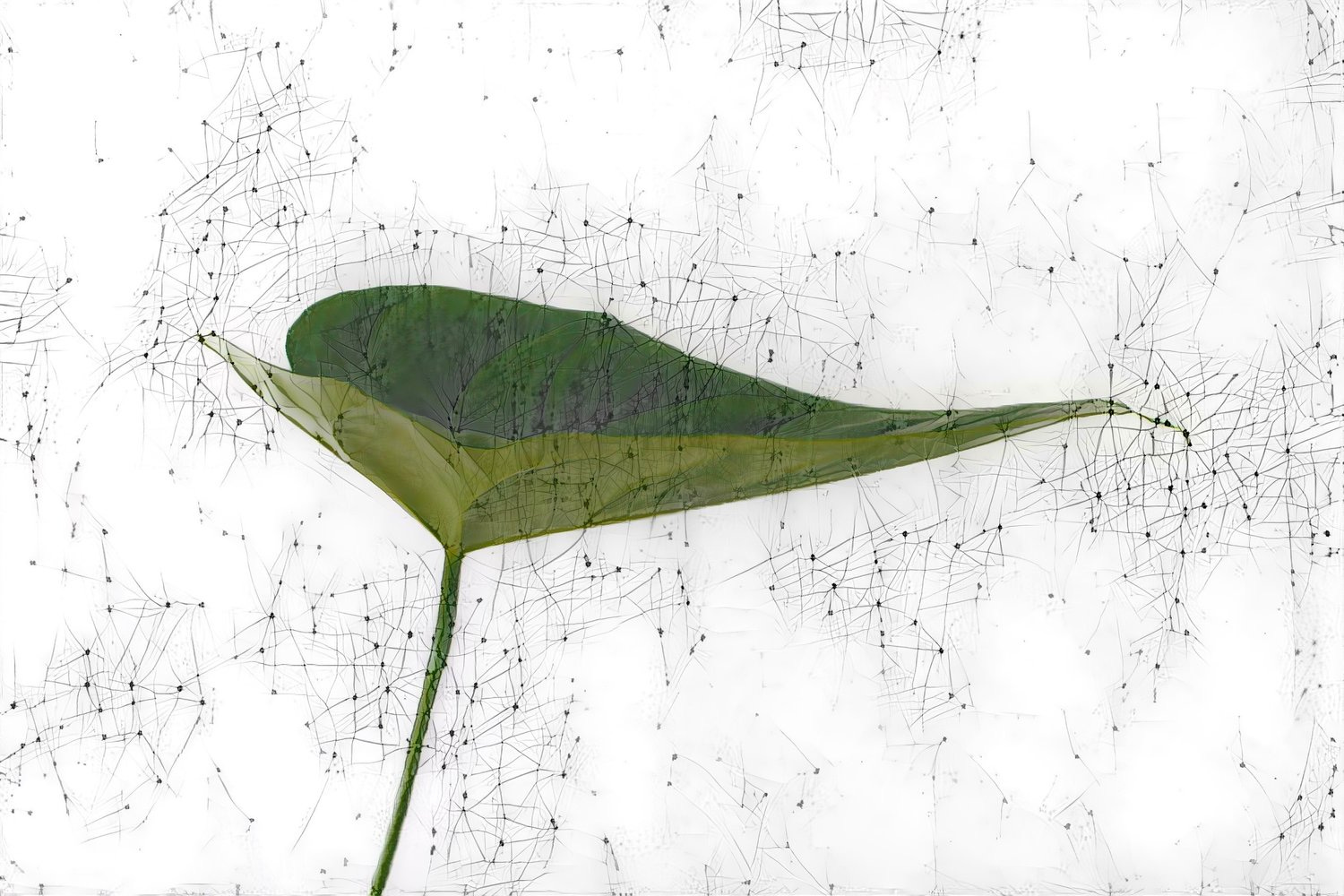
Melbourne Design Week Keynote with Ellen Broad
Created this 15-minute sound/video collage written and narrated by ANU Professor Ellen Broad for a hybrid in-person/in-zoom keynote at the National Gallery of Victoria in Melbourne. The video blends AI-generated sound, images, archival footage (and various b-roll and other assemblages) to imagine new ways of thinking about AI.
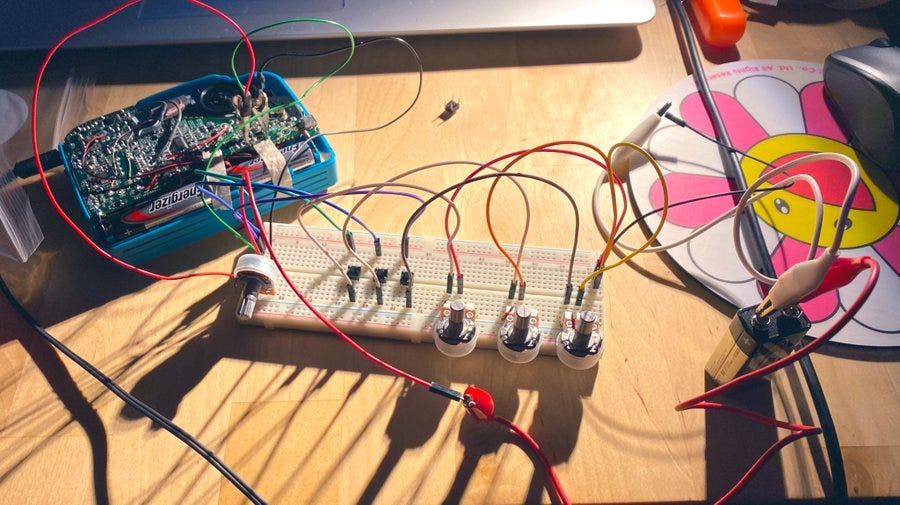
Built a mellotron out of a walkman
While living at a boarding school campus for three months miles away from anything I successfully built an electronic device for the first time in my life. (This is the early, less complicated looking one, but if you’re interested in building usable, complicated-looking wire arrangements that make music, I will shill the Dogbotic Labs course (they do not pay me) forever.)
It also led me to write a newsletter post about the history of tapes as data storage.
The Art Machines of Zagreb
Wrote this up for a course I was taking over at the NODE Center, while stranded in Ashville, North Carolina during a gas shortage while driving from Virginia to Memphis. It was a pretty successful post! Focused on early cybernetic artworks in Serbia, and one of the earliest exhibitions of “computer art.”
Butterflies in the Cloud
Created this AI-generated artwork, which I think of as a collage, using found footage of butterflies. The music and text were generated. The text came from a model I built — which I use to write lyrics for my music project — which was refined on feminist, situationist and cybernetic texts. This work was selected for the Film and Video Poetry Society film festival and displayed at the Rochester Center for Contemporary Art in 2021.
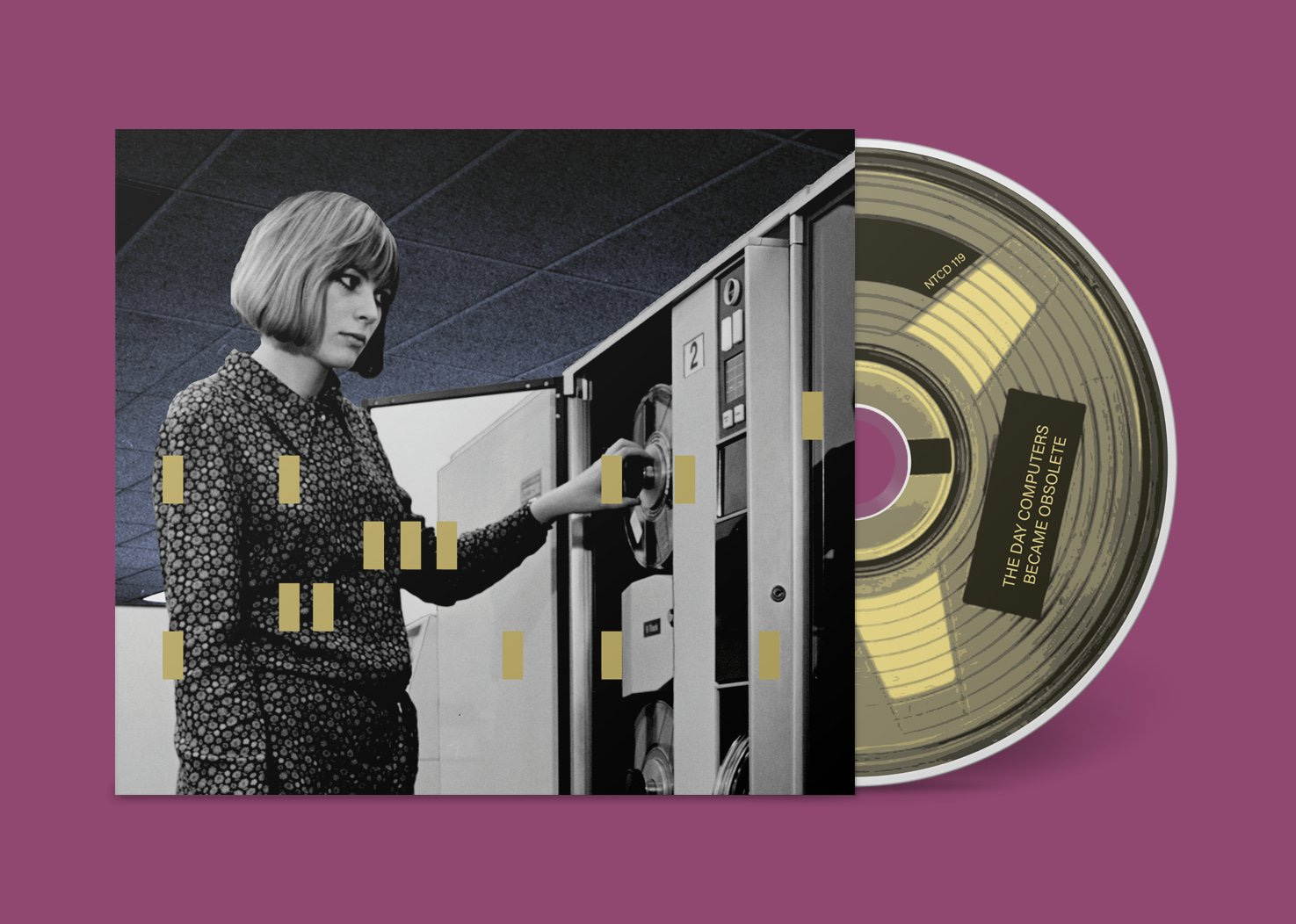
The Organizing Committee: The Day Computers Became Obsolete
Notype Records, an indie label out of Quebec, released my “cyborg pop” CD, all written with some blend of AI lyrics, sound generation, or music synthesis. The album got some favorable reviews and was, for some reason, extremely popular in Ireland.
The Day Computers Became Obsolete (Video)
Using rules for pixel behavior rather than traditional animation, this is the music video for The Organizing Committee's title track off of "The Day Computers Became Obsolete" (2021, Notype) directed by Guillaume Pelletier-Auger.
Latent Space
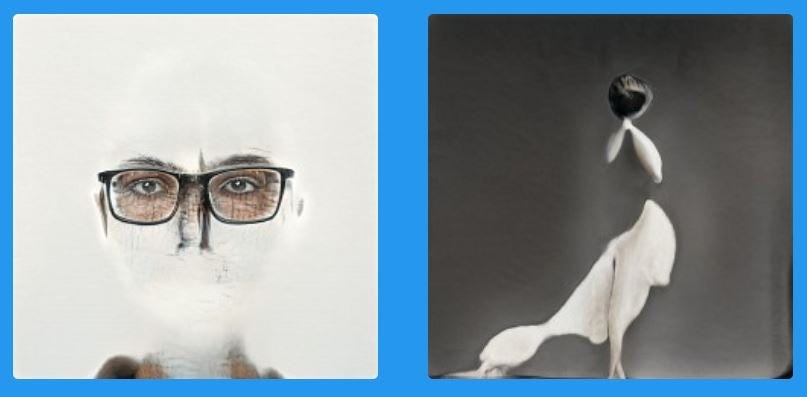
Launched a (very) small record label for AI-generated music through Notype, called Latent Space. Two releases so far, one by Merzmensch, a surreal late-night-AM-radio-dream-broadcast produced using OpenAI’s Jukebox, and one by Ada ZigZag, which is the same models used for The Organizing Committee but with minimal human “interference.” The releases are free.
#NewMacy (American Society for Cybernetics)
I’ve been working with Paul Pangaro and the American Society for Cybernetics to organize and host a series of online “New Macy” meetings modeled on the original Macy Conferences which gave rise to cybernetics. I’ve done three of these events as a moderator, planner or host, including two at the RSD conference for research in systems design. You can read a write-up of one of those workshops, which explores ideologies of analog-digital approaches to design, and how they might be fused.
LutteCoin: The Situationist Blockchain
LutteCoin is a cryptocurrency wallet designed for Situationist principles: if you download it, it destroys your device by dedicating every shred of processing power toward crypto production. Because the device ends up being “bricked,” the money it produces is completely inaccessible to anybody. It’s an attempt to reward users with time spent away from these devices, engaged in the real world, and rethinking existing ideologies of productivity.
The project was created by Şerife Wong and I for Excavations: Governance Archaeology for the Future of the Internet, a virtual artist & research residency hosted by the University of Colorado, Boulder’s Media Enterprise Design Lab and King’s College, London. The residency was designed to imagine “new, more inclusive Internet governance policies,” examining pre-digital governance structures. We explored how those precedents might be adapted to manage and govern today’s online communities. An exhibition of the work was presented to the United Nation’s Internet Governance Forum in December of 2021.
Affordances: How We Shape Technologies and Technologies Shape Us
Finally, a bit of conventional science communication work: a video I produced for Jenny Davis to explain some of her book, How Artifacts Afford. affordances through the lens of her Mechanisms and Conditions framework. The video is now up over at the MIT Press website for use in classrooms in conjunction with her book. Good way to end the year!
That’s all, everyone. Thanks for reading and, as always, please share, circulate, discuss, or sign up for, this mailing list. It means a lot when you do!
I am also very keen to do things like artist’s talks, research residencies, and the like. If you’re interested in having me or think I’d fit well somewhere, please reach out! I’m eager to hear from you.





